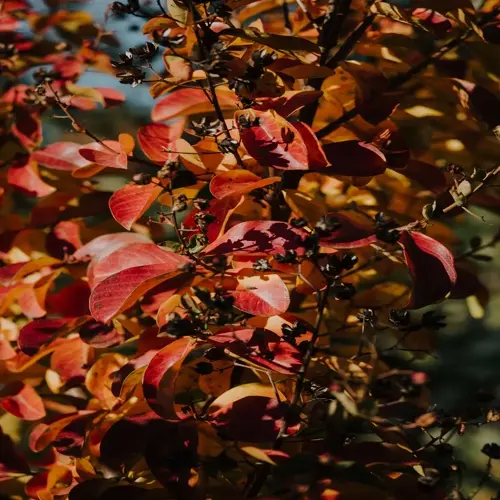Why avoid summer tree planting?

Written by
Paul Reynolds
Reviewed by
Prof. Martin Thorne, Ph.D.Tree planting in the summer places tremendous stress on trees due to the heat and sunlight. Roots will dry out quickly before acclimating to new soil. I have recorded soil temperatures in the summer that exceed 95°F (35°C), which causes root cell death. The tree then spends its energy on survival rather than growth, which stunts its development.
Physiological Impacts
- Root dehydration occurs within hours of transplanting
- Leaf scorch develops when transpiration exceeds water uptake
- Photosynthesis shuts down above 90°F (32°C)
- Energy reserves deplete fighting heat stress not growth
Environmental Challenges
- Evaporation rates double compared to spring conditions
- UV radiation damages tender new foliage
- Soil microbes beneficial for roots become less active
- Wind increases moisture loss from leaves exponentially
During the summer planting season, watering needs become unreasonable. Trees may require deep watering twice a day to develop properly. My historical moisture loss rate for sun-drenched young maples is approximately 1 gallon per hour. Most homeowners cannot maintain this regimen, which is why failures occur.
If you must plant in the summer, use mitigation methods during the summer planting. Plant during cool, cloudy, mild, or early dawn. Add 4 inches of light colored pulverized mulch to reflect heat. Implement temporary shade cloth to reduce sunlight by 50%, water plants thoroughly before dawn and after sunset.
Healing from summer planting stress can take months. Many trees go dormant early, missing essential growth windows. I measured 40% less growth the next year compared to fall-planted trees. Hold off on fertilizing until cooler weather to minimize the risk of burning stressed roots.
Read the full article: When to Plant Trees for Best Growth
